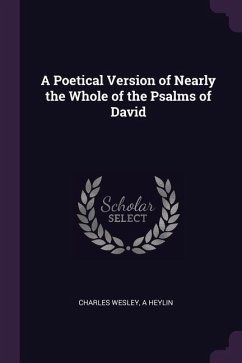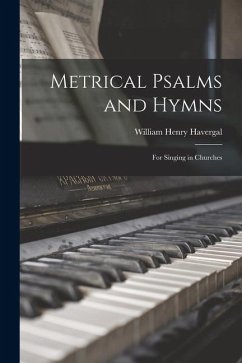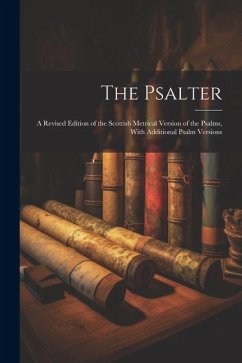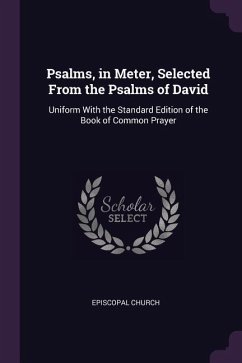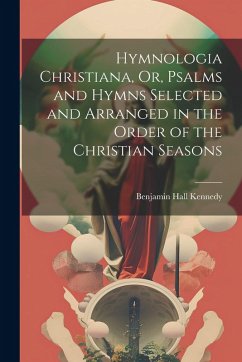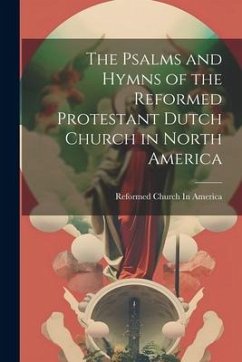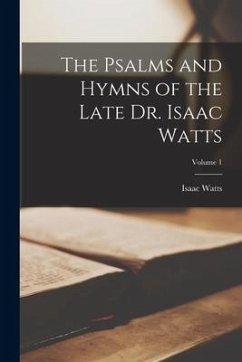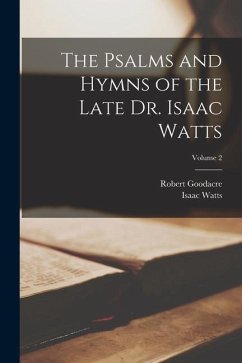
A New Metrical Version of the Psalms of David
Versandkostenfrei!
Versandfertig in über 4 Wochen
25,99 €
inkl. MwSt.
Weitere Ausgaben:

PAYBACK Punkte
13 °P sammeln!
A New Metrical Version of the Psalms of David, by Basil Woodd, presents a fresh rendering of the Psalms alongside select hymns tailored for use within the United Church of England and Ireland. Published in 1821, this collection offers a metrical interpretation of the Psalms, making them accessible for congregational singing and personal devotion. Woodd's work aims to enhance the worship experience by providing a version of the Psalms that resonates with contemporary musical sensibilities while remaining faithful to the original texts. This edition includes an appendix featuring additional Psal...
A New Metrical Version of the Psalms of David, by Basil Woodd, presents a fresh rendering of the Psalms alongside select hymns tailored for use within the United Church of England and Ireland. Published in 1821, this collection offers a metrical interpretation of the Psalms, making them accessible for congregational singing and personal devotion. Woodd's work aims to enhance the worship experience by providing a version of the Psalms that resonates with contemporary musical sensibilities while remaining faithful to the original texts. This edition includes an appendix featuring additional Psalms and hymns chosen to complement the liturgical calendar and specific services of the Church. The book serves as a valuable resource for clergy, choir directors, and laypersons seeking to enrich their understanding and practice of sacred music. The enduring appeal of the Psalms, combined with Woodd's metrical skill, makes this collection a significant contribution to the tradition of English hymnody. This work has been selected by scholars as being culturally important, and is part of the knowledge base of civilization as we know it. This work was reproduced from the original artifact, and remains as true to the original work as possible. Therefore, you will see the original copyright references, library stamps (as most of these works have been housed in our most important libraries around the world), and other notations in the work. This work is in the public domain in the United States of America, and possibly other nations. Within the United States, you may freely copy and distribute this work, as no entity (individual or corporate) has a copyright on the body of the work. As a reproduction of a historical artifact, this work may contain missing or blurred pages, poor pictures, errant marks, etc. Scholars believe, and we concur, that this work is important enough to be preserved, reproduced, and made generally available to the public. We appreciate your support of the preservation process, and thank you for being an important part of keeping this knowledge alive and relevant.



